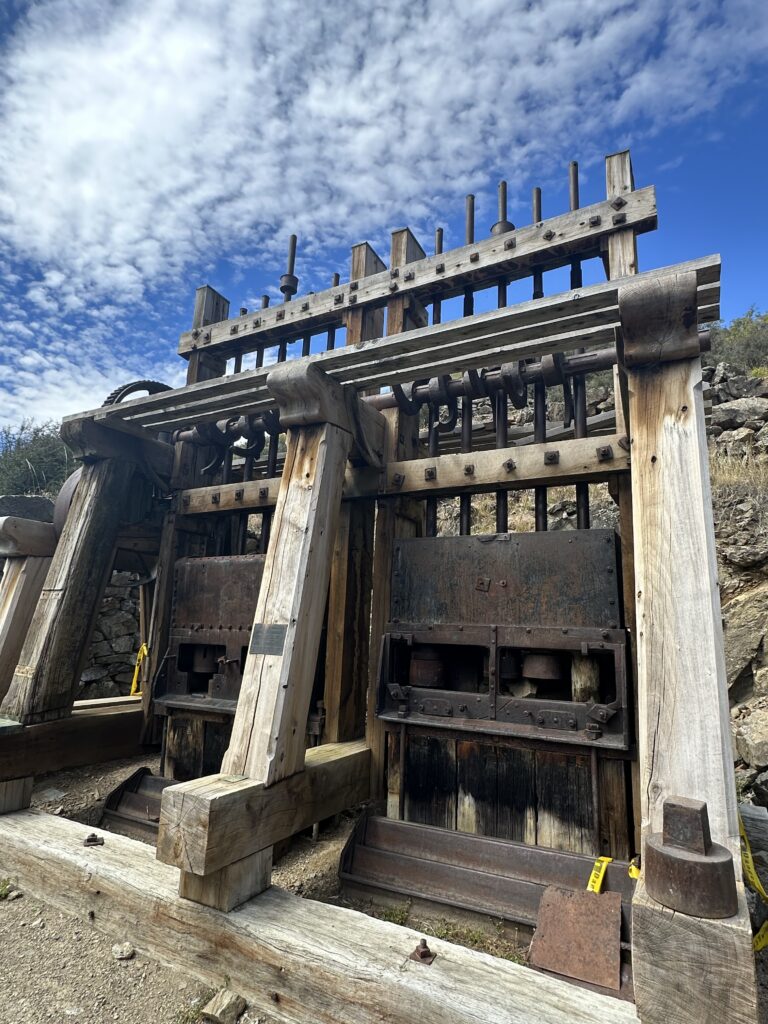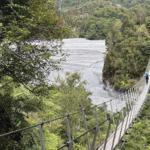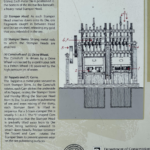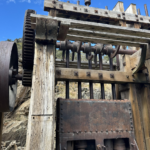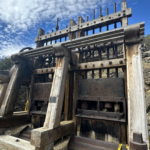‘Reminiscent of Yukon Gold Rush’
Mike McKone, friend, a British Columbia resident and subscriber-investor, and his wife, Linda, are traveling in New Zealand right now. On the SOUTH ISLAND.
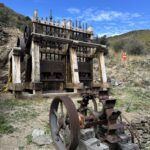
“Over the years, I have been to many active mines and long-since abandoned ones. Smelters, too.”
TCR for subscribers: Shipper's spiky highs
“My wife, Linda, and I are in New Zealand right now.The Otago region of New Zealand was scoured by prospectors. The first recorded gold find was in 1852. Between Clyde and Cromwell on the Clutha River, Horatio Hartley and Christopher Reilly found gold and when they showed up in Dunedin with 32 kilograms of gold sewn into sacks made from their clothes … the gold rush was on. I won’t labour you with the number of prospectors and details but taken, on average, the suppliers did best.”
He continues, “We were way up in the hills in a mining district and saw the remains of buildings, adits, shafts etc but my goodness someone built a dredge. In about 1880. It looked like the dredge I saw in Dawson City.”
Unlike Dawson (Yukon), this was a failed venture like most of the New Zealand gold prospects, Mike says.
Mike and Linda were at the Ross gold mining area and saw miles of tunnels and flumes to power hydraulic mining.
“In the past week we have seen gold panning, chipping exposed veins, significant underground mining, stamper batteries, dredges, open pit, placer mining like right now in Dawson and hydraulic mining.”
Thom Calandra is a writer and an investor. Research and material are meant as editorial opinion. He is not a professional investment adviser. Please do not consider his reporting as a recommendation to buy or sell securities.
